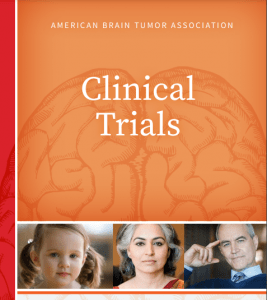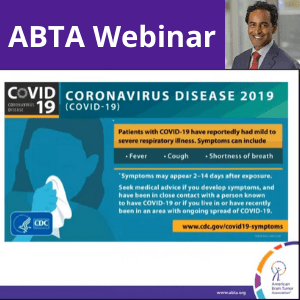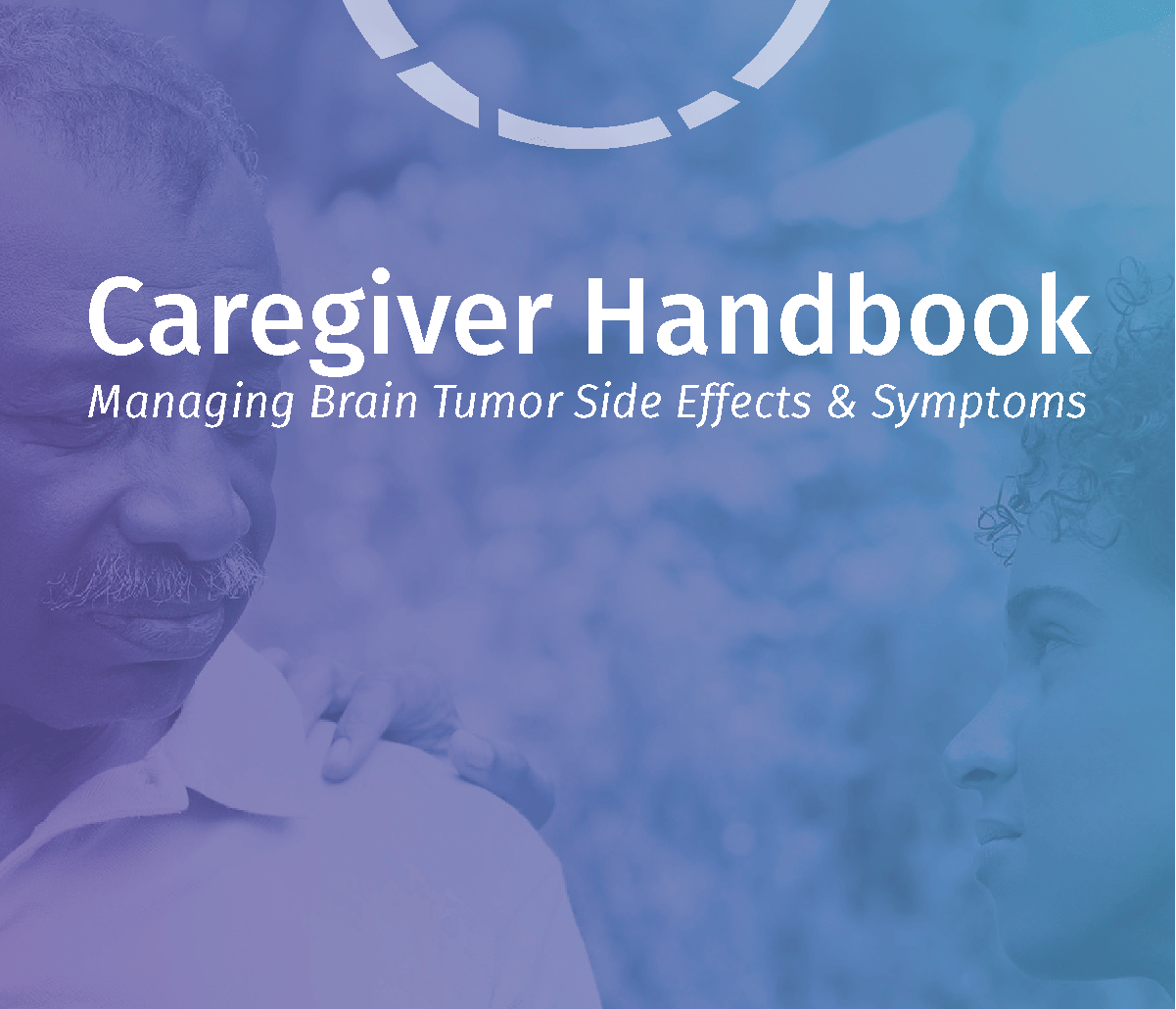Glioblastomas, also known as GBM, are malignant grade 4 brain tumors that start and grow within the brain or spinal cord. GBM represents around 14 percent of adult primary brain tumor cases.
Highly aggressive in nature, GBM can be very difficult to treat. Researchers have worked tirelessly to better understand GBM, which has led to significant advances in diagnosis and treatment approaches in recent years.
Among those on the frontlines of GBM research is Dr. Duane Mitchell, MD, PhD, a renowned professor in the Department of Neurosurgery at the University of Florida. He serves as Director for UF’s Clinical and Translational Science Institute (CTSI), and is Co-Director of the Preston A. Wells, Jr. Brain Tumor Center at UF Health. Dr. Mitchell is also on the ABTA Scientific Advisory Council.
MindMatters sat down with Dr. Mitchell to reflect on how GBM research has advanced in recent years – and hear what he is most optimistic and hopeful about for the future.
Leveraging the Immune System
Dr. Mitchell says researchers have made great strides in understanding how the immune system works and finding ways to leverage it against malignant diseases.
Immunotherapy treatment uses substances made either by a person’s body or in a laboratory to enhance the immune system’s ability to fight cancer cells.
Immunotherapy can be given to a patient in several ways, including oral medications or through an IV.
In recent years, Dr. Mitchell says immunotherapy has proven its effectiveness in battling advanced malignant diseases, and ongoing clinical trials are uncovering how it can be used to treat GBM.
"We’re really on the cusp of being able to understand which patients are likely to benefit from immunotherapy – and unravel the resistance mechanisms for the patients whose tumor doesn’t respond."
– Dr. Duane Mitchell, MD, PhD
Looking forward, Dr. Mitchell says immunotherapy has the potential of creating a long-lasting and durable immune response in GBM patients.
Enhanced Treatment Delivery
One of the biggest challenges in treatment is getting past the blood-brain barrier (BBB). This protective structure blocks harmful substances from entering the brain, but also hinders treatment drugs from getting to the tumor.
Dr. Mitchell says technological advances and creative approaches in treatment delivery are helping to overcome these challenges.
For example, focused ultrasound uses advanced technology to temporarily open the blood-brain barrier, allowing cancer drugs to get through and target tumors deep in the brain.
Laser Interstitial Thermal Therapy, or LIIT, is a minimally invasive procedure that uses the heat from a laser to destroy tumor cells.
Dr. Mitchell says that research on enhancing delivery of targeted therapies across the BBB is something promising to keep an eye on.
Neuro-Imaging & Tumor Management
Dr. Mitchell says that recent advances in neuro-imaging technology have helped improve treatment approaches for brain tumors, including GBM.
“They’ve dramatically enhanced our capacity to deliver more precise therapies, generate conformal radiation approaches, and limit our toxicity against normal tissues,” he said.
He says it’s also helped uncover some underlying biology of the GBM subtypes.
However. Dr. Mitchell says one area of need is better capabilities for imaging to track treatment response.
“Our classic way of understanding treatment response has been tumor shrinkage or decreases in enhancement,” he said. “These parameters were based on a more rapid response to treatment that killed tumor cells and reduced the visible tumor burden.”
He says a growing presence of biologic agents that alter blood flow to the brain, or induce inflammation, makes it difficult to distinguish whether changes seen through imaging are due to tumor growth or treatment response.
Dr. Mitchell emphasizes the need for direct imaging of changes in the immunologic response or vascular state to better understand treatment response and adjust the treatment plan if needed.
“[Imaging advances] have dramatically enhanced our capacity to deliver more precise therapies, generate conformal radiation approaches, and limit our toxicity against normal tissues."
– Dr. Duane Mitchell, MD, PhD
Novel Treatments
 Clinical trial access has increased in recent years due to collaborative partnerships and general awareness.
Clinical trial access has increased in recent years due to collaborative partnerships and general awareness.
Dr. Mitchell says he would love to see conversations about clinical trials and their availability happen sooner for patients with GBM or advanced brain cancer.
“Too often we see patients and families have the discussion about participating in clinical trials at a time when they’re no longer eligible – or they’ve already gone through rounds of treatment and the disease state makes it very difficult to participate,” he said.
Dr. Mitchell says patients should advocate getting this information and make sure it’s from reliable sources, like the ABTA.
While there aren’t enough eligible patients to enroll in every possible clinical trial or study, Dr. Mitchell says a more coordinated effort between institutions and other organizations can help bridge the gap.
“We need to work more closely together to develop roadmaps and plans to ensure we have a clinical trials landscape which allows for rapid advances and trials being completed in a timely manner,” he said.
Dr. Mitchell says clinical trial data is vital for advancing the field of neuro-oncology research as a whole.

Jessie Schlacks
Jessie is Managing Editor of the bi-monthly e-newsletter MindMatters. Submit story ideas or questions to jschlacks@abta.org.




















